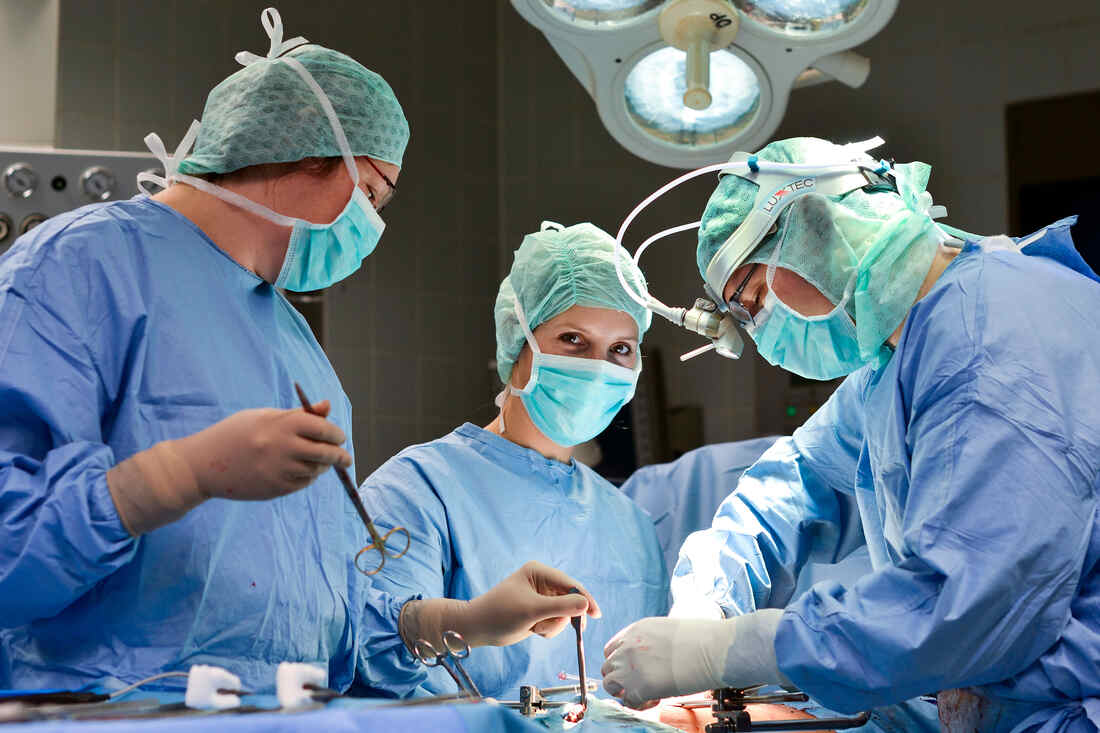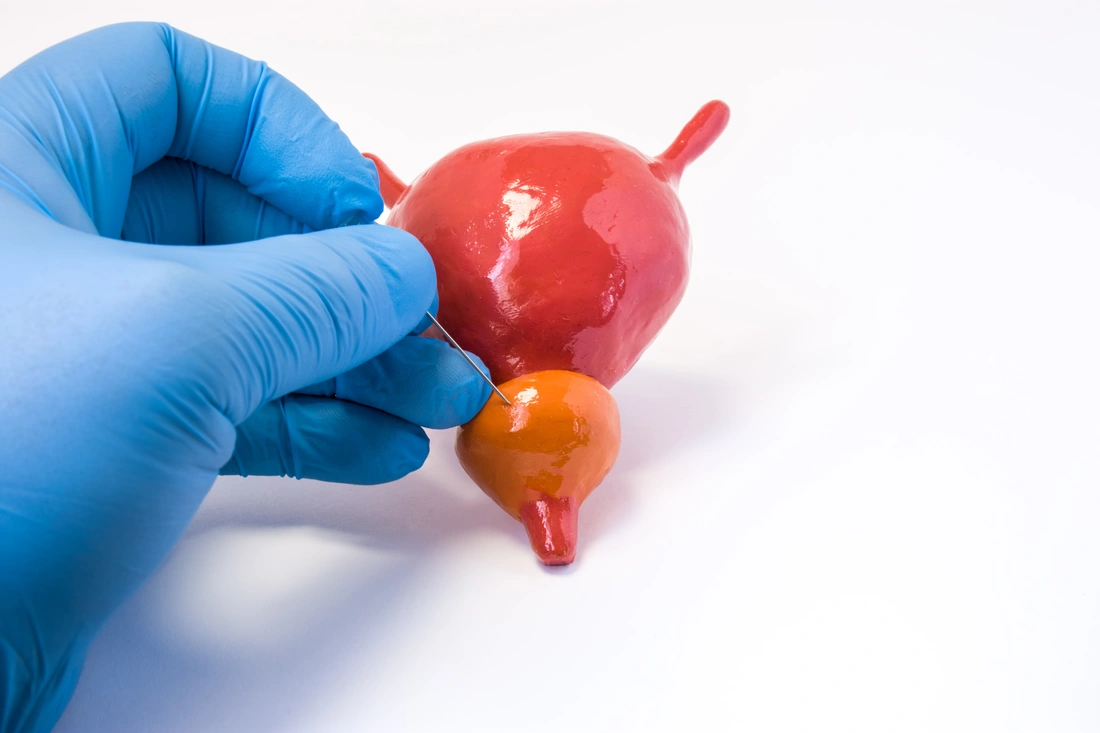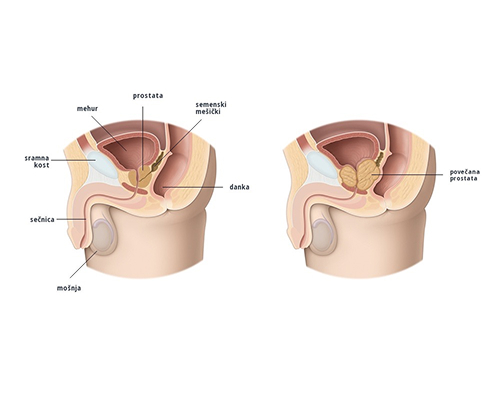



TURP helps reduce lower urinary tract symptoms associated with an enlarged prostate.
Absolute indications for surgery are:
complete obstruction of urination with an inserted urinary catheter
bladder stones
renal impairment
blood in the urine
severe/recurrent urinary tract infections
Relative indications for surgery are:
thinner stream, prolonged, intermittent urination
dripping, interruption
feeling of incomplete bladder emptying
frequent urination, feeling of urgency, nighttime urination
straining when urinating
urinary tract infections.
These are: MARIVARIN, MAREVAN, SINTROM, apixaban (ELIQUIS), dabigatran (PRADAXA) or rivaroxaban (XARELTO). Before surgery, pre-treatment in an antithrombotic clinic is NECESSARY.
Bring a written report with you stating that the INR is 1.3 or less and the report should not be older than one or two days. Patients receiving PLAVIX may discontinue therapy only with the permission of a cardiologist or neurologist.
If discontinuation is not possible, we will try to adjust the date of the surgery. It is not NECESSARY to discontinue Aspirin 100 Protect before surgery, but it is advisable not to take it for at least 7 days before the procedure. Be sure to bring a list of all medications you are taking with you.
You will receive antibiotic therapy during and after surgery.
Arrange transportation home, as you will not be able to drive yourself and excessive physical activity would increase the risk of postoperative bleeding. We advise against heavy physical activity for 4-6 weeks after surgery.
Blood in the urine. This is normal. When the surgeon cuts out excess prostate tissue, a wound is left in the gland, which is cleaned when urine flows out. It takes some time for the wound to heal and be covered with normal mucous membrane. Bleeding may occur during the healing process.
Sensation of urinary tract irritation. Urination may be painful/burning. You may feel an urgent or frequent need to urinate. Painful urination generally improves within six to eight weeks after surgery, when the surgical wound has fully healed.
Drink plenty of fluids. Eat cooked foods rich in fiber for a few weeks after surgery to avoid constipation and bloating. In case of constipation, use Donat Mg or suppositories for constipation.
You can start taking blood-thinning medications again 2-4 weeks after surgery, as long as your urine is completely clear.
Avoid strenuous exercise, driving, and sex for at least 4-6 weeks after surgery.
TURP usually relieves symptoms quickly, within a few days or weeks after surgery. Most men experience a significant improvement in their urine flow. Continued treatment to relieve lower urinary tract symptoms may be necessary for several years after surgery.
Author: asst. Simon Hawlina, MD, FEBU, urologist specialist



Monday - Thursday
Friday
Saturday - Sunday
08:00 - 19:00
08:00 - 16:00
Closed
Copyright © 2025 MD medicina | All Rights Reserved | Quality and safety | Privacy Policy